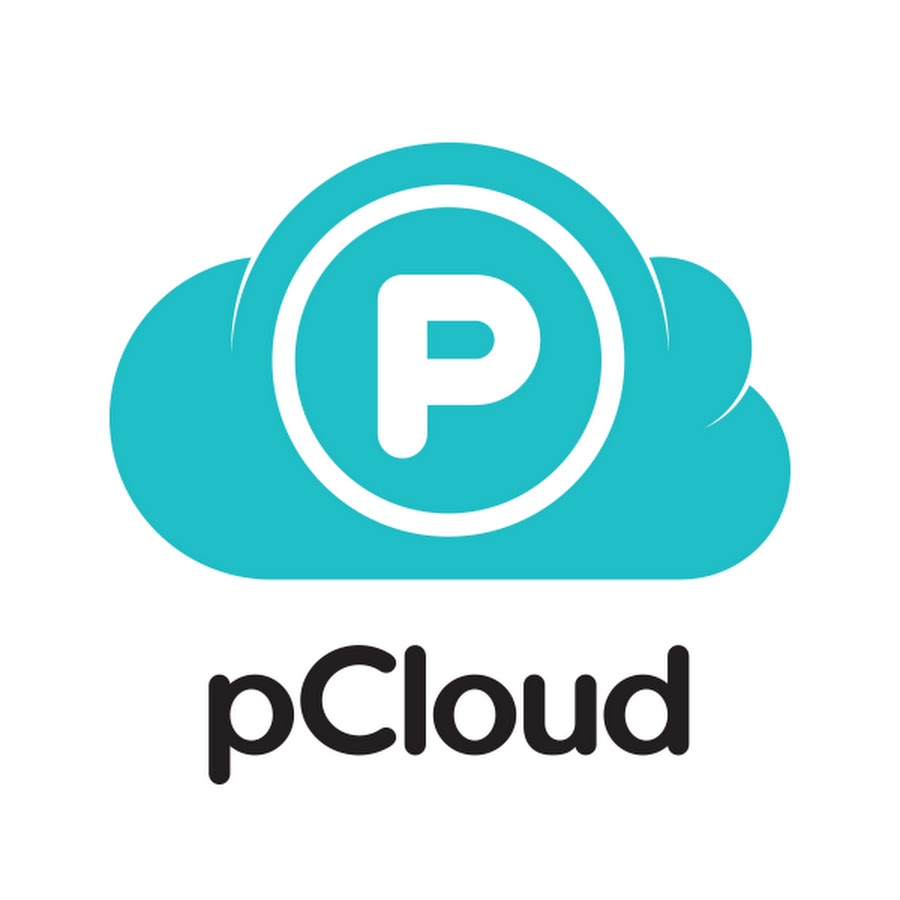The Best Sites For Free Cloud Storage – April 2019
Cloud storage has so many advantages in a world where computers and laptops are becoming increasingly difficult to upgrade storage devices. Cloud storage isn’t just for personal computers, though. It is a great choice for those that are running out of room on their phones or tablets, and need a place where they can off load data to free up room on their mobile devices.
Now, the one downside to Cloud storage is that it’s often purchased with a recurring subscription every month. That’s often something that the average consumer doesn’t want to commit to, usually because they only have a handful of items that they need to store in the Cloud.
Luckily, folks aren’t entirely out of luck here. Many Cloud storage services, whether it be a top provider or not, offer free packages with no commitment. So if you’re one of those people that is looking for a place to store your data for free online, be sure to follow along with us below. We’re going to show you the best sites and services that you can use to store your data online, and for free, too. Let’s dive right in, shall we?
Our Recommendation

Google Drive
Google Drive is one of the best free Cloud storage sites. This is because it’s attached to your Google account, and with the creation of a Google account, you automatically get up to 15GB of data to use across your Google account. That’s plenty of room to keep important documents and files squirreled away.
One of the cool things about Google Drive is that you can even setup automatic backups with it. They have a Google Drive program that you can download and install on your Mac or PC, and then you can set it up to automatically upload certain folder contents straight to the Cloud.
Google Drive doesn’t offer something like that for phones, meaning that you’ll have to manually send data to the Cloud from there — i.e. Google Drive doesn’t offer an automated file system that it monitors for new files and content for phones.
The Cloud storage site offers 15GB of data for free, but in the event that you start nearing capacity, Google Drive does offer plans for $1.99 per month to start. Additionally, Google Drive offers a number of ways to obtain free storage for up to two years at a time. For example, most Chromebooks that you purchase automatically add 100GB of space to your Google Drive account for two years at a time. So if you need a new laptop and Cloud storage, that can be a pretty good deal.
Runner Up
Dropbox
Dropbox comes up as second on our countdown because, like Google Drive, they do offer free storage to users, but only a mere 2GB of storage. That said, it’s a nice choice for those that only have a couple of items that they need to send to the Cloud, but does require users to find a way to get more storage once they start nearing the capacity pretty quick.
Dropbox does provide you with ways to add to your free storage allotment. This is usually done by completing a couple of free tasks with your Dropbox account, but is primarily done by referring folks to creating their own Dropbox account. For example, if you take the “Dropbox Tour”, you’ll add 250MB of extra storage to your account, but if you refer someone and they install Dropbox on their computer, each of you get an additional 500MB of free storage space.
Unfortunately, if you need a lot of space, Dropbox is a little more expensive than most Cloud storage solutions on the market right now. Drive is fairly affordable at $1.99 per month for 100GB of space, but Dropbox will set you back around $8.25 per month for 1,000GB of space.
Dropbox has an application that you can download on your computer as well. You can set it up to work with automatic backups, or you can drag files straight into it to upload items to the Cloud without ever having to navigate to the Dropbox website. Dropbox, of course, has an app that you can download on your phone for easy Cloud storage uploads as well.
Everyone Else

Google Photos
Google Photos is another Cloud storage solution to consider. This one isn’t here for file or document uploads, but is purely based around consumer photo and video libraries. Photos and videos tend to take up the most space on our phones, and as such, if you’re nearing storage capacity on your phone, it can be a good idea to upload those to the Cloud.
One of the problems with this is that you then have to delete those photos and videos off of your phone to free up the storage, not making it easy to quickly and easily view your library of photos. That’s where Google Photos comes in — it allows you to upload your photo and video libraries to the platform for free, and then automatically deletes what has been uploaded off of the phone.
But, with the Google Photos app on your phone, you’ll still be able to quickly and easily view your photos and videos, even if it’s been deleted off of the device. It will usually require you to have either a wireless connection or a cellular connection, but sometimes you will still be able to open the Google Photos app and view them through the cached data.
It’s worth noting that Google Photos will store photos and videos for free, but only in a reduced 1080p format. If you save them in the full size resolution, it will take up your Google account storage, and will eventually require a storage upgrade to continue uploading in full res.

Sync
Sync is a slightly less mainstream choice, but offers new users free Cloud storage. Create a new personal account, and Sync will give you 5GB of free and secure Cloud storage for your files, documents, and media.
The downside to Sync is that you get 5GB of Cloud storage with your account, but there’s only one way to increase that for free — with referrals. If a referral signs up for Sync.com, you get an additional 1GB added to your Sync account. This works all the way up to 20GB, so long as you can get twenty referrals. 20GB is supposed to be the cap, but the word is that a quick email to Sync.com will remove the cap. However, as usual, so long as you use your space up, you’ll simply have to upgrade to a relatively expensive Personal plan. Sync only offers plans on a per year basis, so their next tier is 500GB of Cloud storage for $49 per year, due upfront. Sync offers business plans as well, but none of the tiers are free.
Sync does have their own app for Android and iOS, so after you sign-up for your Sync account, you won’t have to exclusively use it on the desktop or laptop — you can manage all of your Sync.com files straight from your phone or tablet this way. On top of that, the Sync.com app makes it pretty easy to upload content to your Sync account from your phone.
While a Sync.com account will only get you 5GB of free storage space, it is more than you can get with Dropbox, and you still have an app available to go with your phone. Sync even has its own Windows and Mac app to make it easy to upload content directly from your personal computer to the Cloud. That said, we’d peg it as just a step above what Dropbox is offering here.
MEGA
MEGA is up next, getting a good portion of its popularity from the FBI seizing the servers of its predecessor, MegaUpload. MEGA is more of a traditional Cloud storage service now, acting more like Google Drive or Dropbox than anything.
Users can create free Personal accounts, which gets them up to a whopping 50GB of free Cloud storage. This gives you plenty of space for storing documents, files, photos, videos, and more. The 50GB of free space is quite nice, but on the downside, you just don’t have peace of mind with MEGA. They ran into trouble with the law with its predecessor, and many servers were seized by the FBI. If that were, in theory, to happen again, users would simply lose their data.
That said, while MEGA offers you a ton of free storage, you’re using MEGA at your own risk when there are so many other better Cloud storage services out there.

MediaFire
MediaFire has been around a long time, so it’s no surprise if you’ve already heard of it, at least to an extent. Users who sign-up to MefiaFire are actually given 10GB of storage space. That’s plenty as far as free goes, and is competitive with many other services in that way. However, MediaFire actually allows people to garner all the way up to 50GB of total storage.
Users can earn 1GB by referring a friend to MediaFire, all the way up to 32GB. Don’t want to spam your friends with annoying referral links? We get it, and so does MediaFire. That’s why they give you another 2GB for downloading the mobile app to your phone, and then some additional gigabytes for connecting your social accounts to the platform. It’s a great way to get a lot of free storage quick.

pCloud
pCloud is another popular one, offering you secure file transfers through its encrypted Cloud service. Users who sign up for a free pCloud account can get up to 2GB of storage for free, but it doesn’t stop there. pCloud has a variety of tasks that you can accomplish, which will add up to another 8GB of space to your account.
One of the highlights of pCloud is that it is supposed to be one of the most secure Cloud storage services on the market. And while that is true to an extent, free accounts are excluded from a couple of important features — expiry dates and shared links. You will have to upgrade to a subscription account to get access to those features and plenty others.
pCloud is overall easy to navigate around, and even has some nice features that are still available to free users, including high definition streaming.
As you can see, there are a lot of excellent Cloud streaming services out there. It’s worth giving at least a few of these a try, and seeing which one fits with you the best. We think pCloud and and Google’s own Drive Cloud storage are some of the best ways that you can snag yourself some free storage. But, what’s your favorite? Let us know in the comments section below.
















